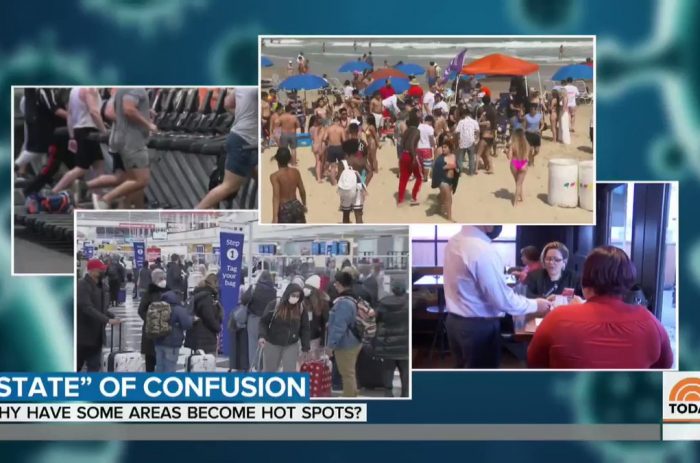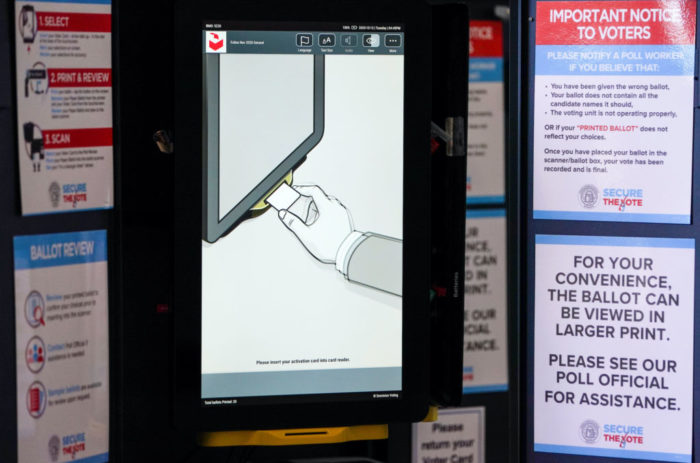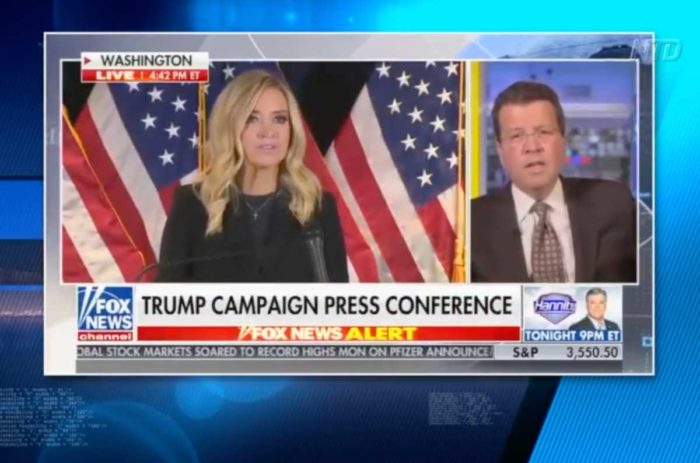redo Jump to...
print Print...
Directions
-Read the excerpt below from HonestReporting.com's Nov. 8 entry "Deadly Toys".
-Read "Types of Media Bias" in the right column. Then answer the questions.
As HonestReporting has repeatedly stated, pictures are central aspects of news stories. The decision of which photograph should accompany a report is an editorial matter of tremendous importance. It can completely change the way an textual story is understood by the reader.
On Saturday (Nov. 5), a Palestinian child playing with a replica of an M-16 assault rifle in Jenin was mistakenly shot and killed during a firefight between Israeli soldiers and Palestinian terrorists. …
The New York Times provides greater detail:
Soldiers noticed what they thought was an armed gunman standing about 130 yards away, and opened fire, hitting the target, which turned out to be the boy, the army said. He was evacuated by the Palestinian Red Crescent, and when the Israeli soldiers “approached the spot, they found the weapon which the Palestinian was holding and discovered it to be a plastic gun,” an Israeli Army statement said.
Obviously, a soldier being under fire from multiple directions 130 yards away could easily mistake a plastic replica for a real gun. From the [first set of] pictures [posted]… one could easily understand how the boy could be confused for one of the gunmen.
Most media outlets, such as BBC , Boston Globe and Kansas City Star, decided to accompany the story with pictures [second set, scroll down] of the grieving mother or the child’s body.
These photos, while eliciting sympathy for the loss, fail to illustrate how this tragedy occurred. The journalists have left many questions unasked in this incident…
Certainly the death of any child is a tragedy. Yet it is the responsibility of journalists reporting on the incident and editors selecting photographs to bring all contextual material – visual or otherwise – to accurately reflect what really happened.
(For the complete writeup “Deadly Toys”, go to HonestReporting.com.)
To accurately identify different types of bias, you should be aware of the issues of the day, and the liberal and conservative perspectives on each issue.
Types of Media Bias:Questions
Which type of bias best describes the the excerpt below?
Scroll down to the bottom of the page for the answers.
Answers
Spin



